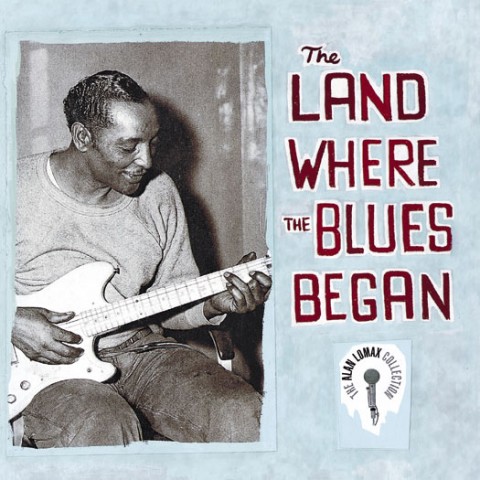In 1933, 18-year-old Alan Lomax took a break from college to travel into the American South with his father, John Avery Lomax, on a quest to discover and record traditional folk songs for the Library of Congress. It was the beginning of a journey that would last the rest of his life.
With his father, and later on his own, Lomax traveled the back roads of Appalachia and the Mississippi Delta, from religious revival meetings to prison chain gangs, in pursuit of Southern folk music in all its forms. Along the way he discovered and recorded such singular artists as Mississippi Fred McDowell, Vera Hall and Lead Belly. Later, Lomax would widen his field of research to focus on European folk music, but in 1978 he went back to the Mississippi Delta with a camera crew to document a culture that was rapidly disappearing.
The result, The Land Where the Blues Began (watch it online here), is a fascinating look at traditional country blues in its native environment. Filmed in levee camps, churches, juke joints and on front porches across Mississippi, the documentary draws attention to musicians unknown outside the Delta. The Land Where the Blues Began is a must-see for blues fans, and is now part of our collection of Free Movies.
Related Content:
The Legend of Bluesman Robert Johnson Animated
The Rolling Stones Jam With Their Idol, Muddy Waters
Muddy Waters on the Blues and Gospel Train


